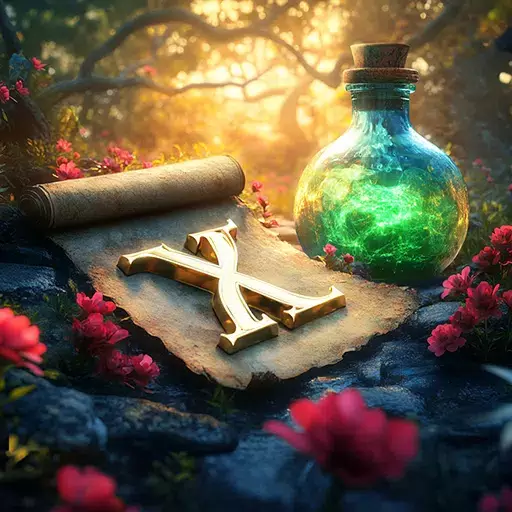From the dry deserts and bustling forests to the blazing volcanoes and frozen tundras, the Monster Hunter series has always captivated players with its diverse ecosystems, each teeming with unique monsters. The thrill of exploring unknown territories and hunting across these landscapes is a cornerstone of the Monster Hunter experience, and this tradition continues with Monster Hunter Wilds.
In Monster Hunter Wilds, after traversing the Windward Plains and Scarlet Forest, hunters will venture into the harsh and fiery Oilwell Basin. This new locale is blanketed in flames and oilsilt, presenting a stark environment where hunters must navigate through dripping oil and molten magma. Despite its seemingly desolate appearance, the Oilwell Basin is alive with the subtle movements of small creatures navigating the mire. Scattered throughout are remnants of an ancient civilization, hinting at a deeper history to uncover.
Yuya Tokuda, director of both Monster Hunter: World and Monster Hunter Wilds, shares insights into the Oilwell Basin: "During the Fallow, the Oilwell Basin is a place filled with mud and oil. When the Inclemency known as the Firespring comes, it burns away that oilsilt, and at times during the Plenty, the burned-away oil and soot vanishes, revealing the minerals, microorganisms, and the original color of the manmade artifacts hidden underneath."
Down in the Muck
The development team, led by Kaname Fujioka, who directed the first Monster Hunter and serves as executive director and art director for Wilds, had a specific vision for the Oilwell Basin. Fujioka explains, "We had two horizontally broad locales in the Windward Plains and Scarlet Forest, so we decided to make the Oilwell Basin a vertically connected place. The environment changes slightly when you travel between the top, middle, and bottom strata. Sunlight reaches the top strata, where oil gathers like mud, and the lower you go, the hotter the place becomes, with lava and other substances."
Tokuda elaborates on the ecosystem: "From the middle to bottom strata, you'll find creatures not unlike aquatic life that may remind you of the deep seas or underwater volcanoes. In World, we created the ecosystem of the Coral Highlands using the idea of what it would look like if aquatic creatures lived on the surface, and we've used the knowledge we gained in the process to create the Oilwell Basin's creatures and ecosystem."
The Oilwell Basin's environment is distinct, appearing lifeless when covered in oilsilt, yet it supports a variety of life forms. Shellfish like shrimp and crabs, along with small monsters that provide raw meat, thrive beneath the surface. These small monsters are part of a food chain where large monsters feed on them, and they in turn filter microorganisms from the environment and oilsilt. Unlike the Windward Plains and Scarlet Forest, which rely on sunlight and vegetation, the Oilwell Basin is powered by geothermal energy.
Flames of Ajarakan
The Oilwell Basin introduces new monsters, each tailored to its environment. Rompopolo, a globular and noxious creature with a mouth resembling thin needles, is designed to create chaos for players. Fujioka describes it as "a tricky monster that lives in swamps and uses its stored up toxic gas. The idea of a mad scientist came up often when we were trying to depict this trickiness. We were inspired by this concept when giving it a slightly chemical purple color and glowing red eyes. The equipment you can craft from it is surprisingly cute, though. So is its Palico equipment."
Ajarakan, another new monster, resembles a massive gorilla enveloped in flames but with a slimmer silhouette than the Scarlet Forest's Congalala. Tokuda notes, "Normally when we design fanged beasts, their hips are low to the ground, putting their heads at about eye level with the hunter. We thought that this can make it harder to sense the threat that the monster poses. That's why we were conscious of giving this monster a more top-heavy and towering silhouette. We then added flame elements that are at home in the Oilwell Basin, as well as grabbing attacks reminiscent of a wrestler that highlight its physical strength."
Fujioka adds, "With one unique monster after the next making an appearance, we thought that this might be a good time to add a monster whose strengths are easy to understand. That's how we got Ajarakan. It just punches or slams its fists on the ground to make flames shoot up, making it the kind of monster that's strong by way of all its super-straightforward attacks."
Ajarakan occupies a high position in the Oilwell Basin's ecosystem, its flashy appearance with flames and magma distinguishing it from the more subtle Rompopolo. Fujioka further explains Ajarakan's design, emphasizing its fiery nature and the concept of using flames and heat to enhance its personality: "I wanted to make use of flames and heat. That said, I didn't want it to simply breathe fire or create flames. That's how we ended up with a design where the monster seems to be wearing flames on its back, similar to the Buddhist deity Acala. From there we got the idea of Ajarakan's rising internal temperature giving it enough heat and power to melt anything in front of it."
A Monster Generations in the Making
The apex predator of the Oilwell Basin, known as the "Black Flame," is finally revealed as Nu Udra. This octopus-like monster secretes flammable oil, allowing it to stretch and wriggle throughout the area. Just as the Windward Plains' Rey Dau controls lightning and the Scarlet Forest's Uth Duna envelops itself in water, Nu Udra coats itself in flames. Fujioka confirms the inspiration behind Nu Udra: "Yes, it was octopuses. We also wanted its silhouette to be striking when it rises up and gave it what look like demonic horns, but we also tried designing it in a way where you can't tell where its face is."
Tokuda adds that even the music during battles with Nu Udra is influenced by demonic imagery: "We had the composers include phrases and musical instruments reminiscent of black magic. I think it ended up being a unique and good piece of music."
Nu Udra's tentacle movements follow in the footsteps of previous tentacled monsters like Lagiacrus from Monster Hunter Tri. Tokuda shares, "One of the concepts in Tri was underwater combat, so I did write a proposal for an octopus-shaped monster at the time, emphasizing its distinctive underwater movements. I had fun coming up with all kinds of ideas, like 'It has lots of legs, which means lots of parts you can sever!' There were challenges keeping us from making that a reality, though, including technical ones. But even so, I've been holding onto that proposal for all this time."
Fujioka notes the challenges and triumphs of creating Nu Udra: "Monsters with tentacles like that pose a lot of technical challenges, like controlling it with respect to the terrain and its target. When we began development on Wilds, the technical department's tests went incredibly well, and so we felt like we could really make it happen this time."
The team's dedication to Nu Udra's animations is evident. After taking significant damage, Nu Udra wraps itself around ancient ruined pipes to navigate the terrain and even enters small holes effortlessly. Fujioka says, "We did quite a lot of work on depicting flexible bodies this time with Nu Udra. At the start of development, we try coming up with pretty unreasonable ideas, whether or not we can actually achieve them. It's a challenge to ourselves in a way, and while it does cause a lot of challenges for our artists, the final product looks so amazing if we're able to actually make it take shape."
Hunting Nu Udra presents unique challenges due to its flexible and ever-changing body. Tokuda explains, "You can cut off so many tentacles. While I suppose it depends on how you count them, all of the parts that resemble legs that touch the ground can be severed. While the tentacles do move right after they've been cut off, they begin to rot after some time passes. If you try to carve a part that's rotten and no longer moving, you won't get good materials from it. The same also applies for breakable parts of other monsters, like tails."
Nu Udra's attacks have a unique tempo, combining focused strikes with area-of-effect attacks using its head and flames. Tokuda notes, "Nu Udra uses its tentacles to launch attack after attack on its target. We were conscious to give its attacks a unique tempo through a combination of focused attacks, and area-of-effect attacks using its head and flames. We wanted to make it a massive monster that still seemed to launch a barrage of attacks. With all of its tentacles, though, it's possible that it becomes difficult to tell who it's targeting in situations like multiplayer hunts. That's why we've made it so that it has sensory organs at the tips of its tentacles that use light to indicate when and who it's going to attack."
A Welcome Reunion
Fujioka mentions Gravios, a returning monster from Monster Hunter Generations Ultimate, perfectly suited for the Oilwell Basin with its rocky carapace and hot gas emissions. Tokuda shares the reasoning behind its return: "When we were thinking of monsters that match the Oilwell Basin's environment, make sense in the game's overall progression, and don't play too similarly to any other monsters, we thought that we could make Gravios seem like a fresh challenge and decided that it would reappear."
The reintroduced Gravios has an even harder body than before, making it a formidable opponent. Tokuda explains, "From a game design perspective, we also wanted it to be a monster that appeared after you've progressed a good bit and had gone through everything the game's design has to offer. That's why I came up with the idea of it being a monster where it's difficult to figure out a way to defeat its hard body at first, only for hunters to find more and more clues as they make good use of the wound system and part breaking."
While Gravios returns, its juvenile form, Basarios, will not appear in Monster Hunter Wilds. Fujioka notes, "Sorry, but Basarios will be taking this one off." The Monster Hunter team carefully selects returning monsters, ensuring they fit well within the game's design and ecosystem.
All Monsters in Monster Hunter Wilds
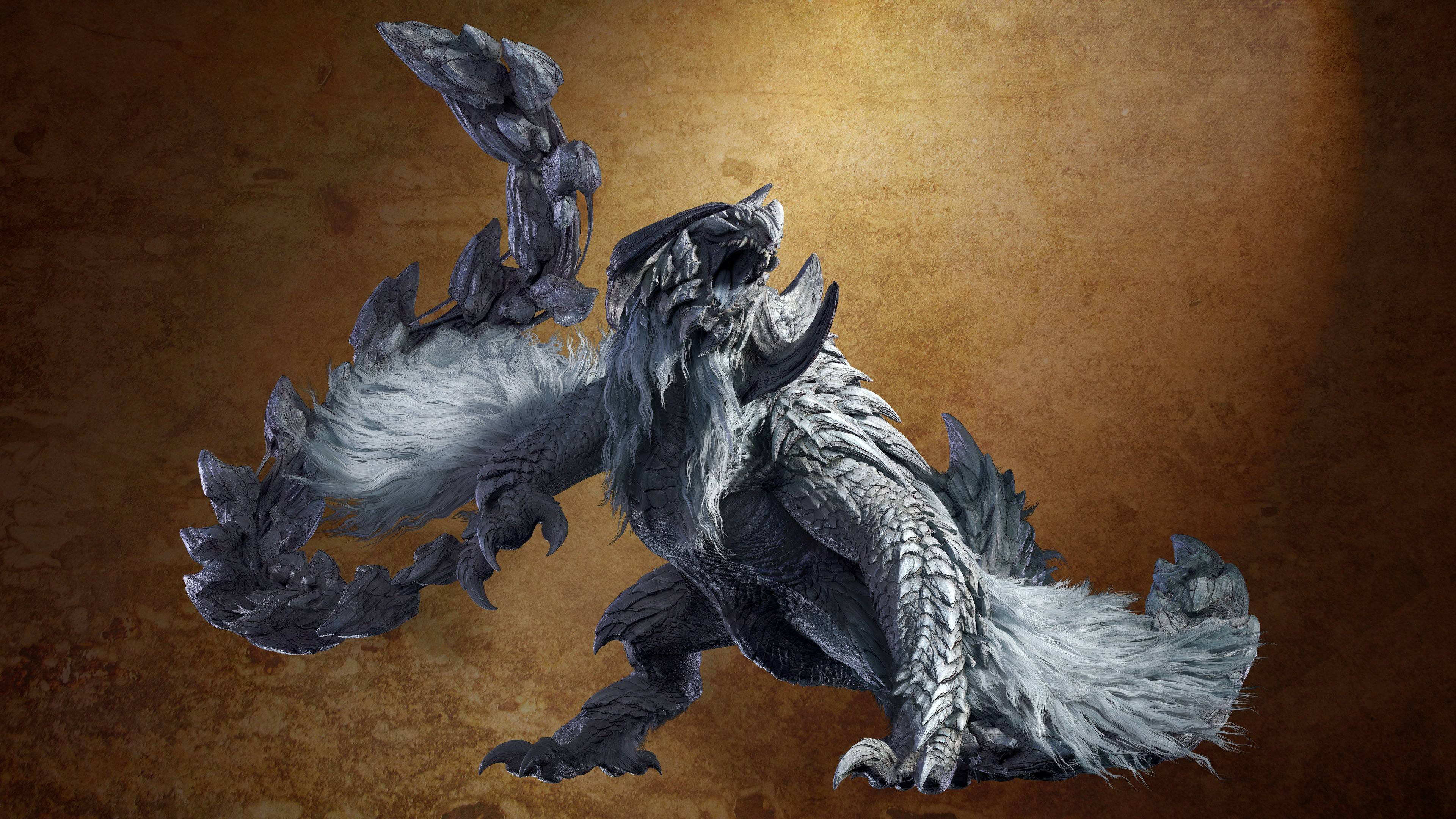
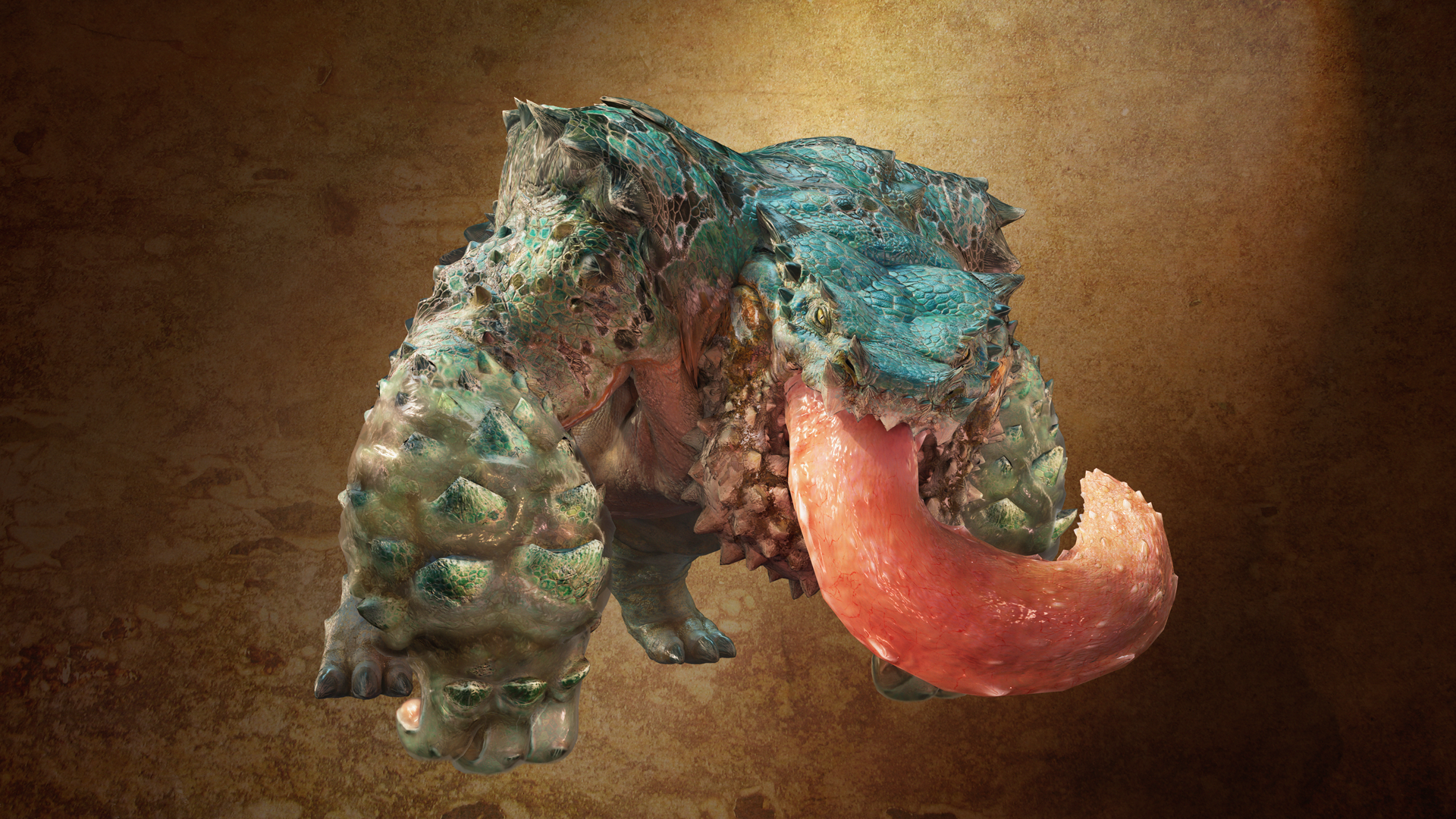 17 Images
17 Images
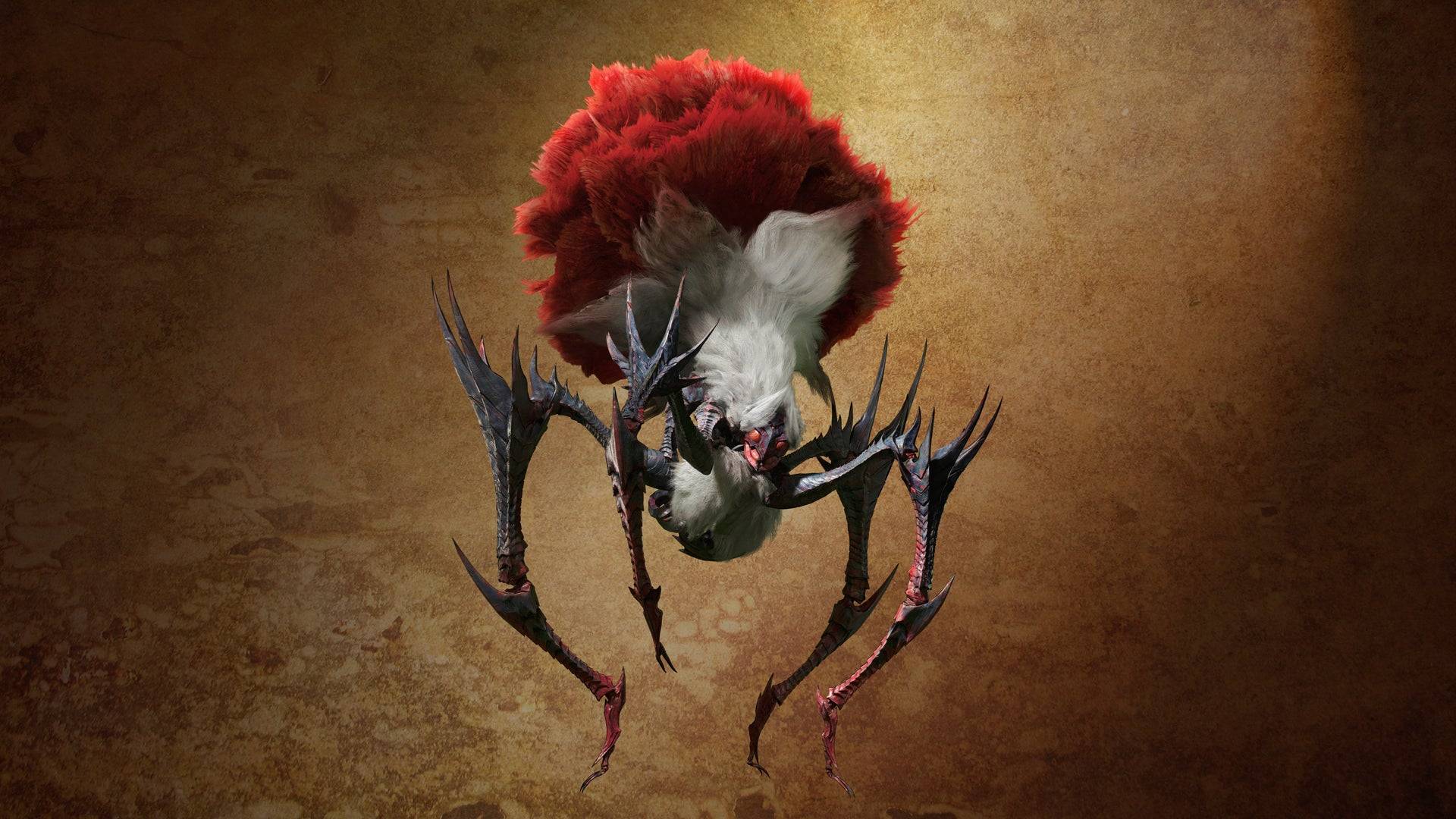
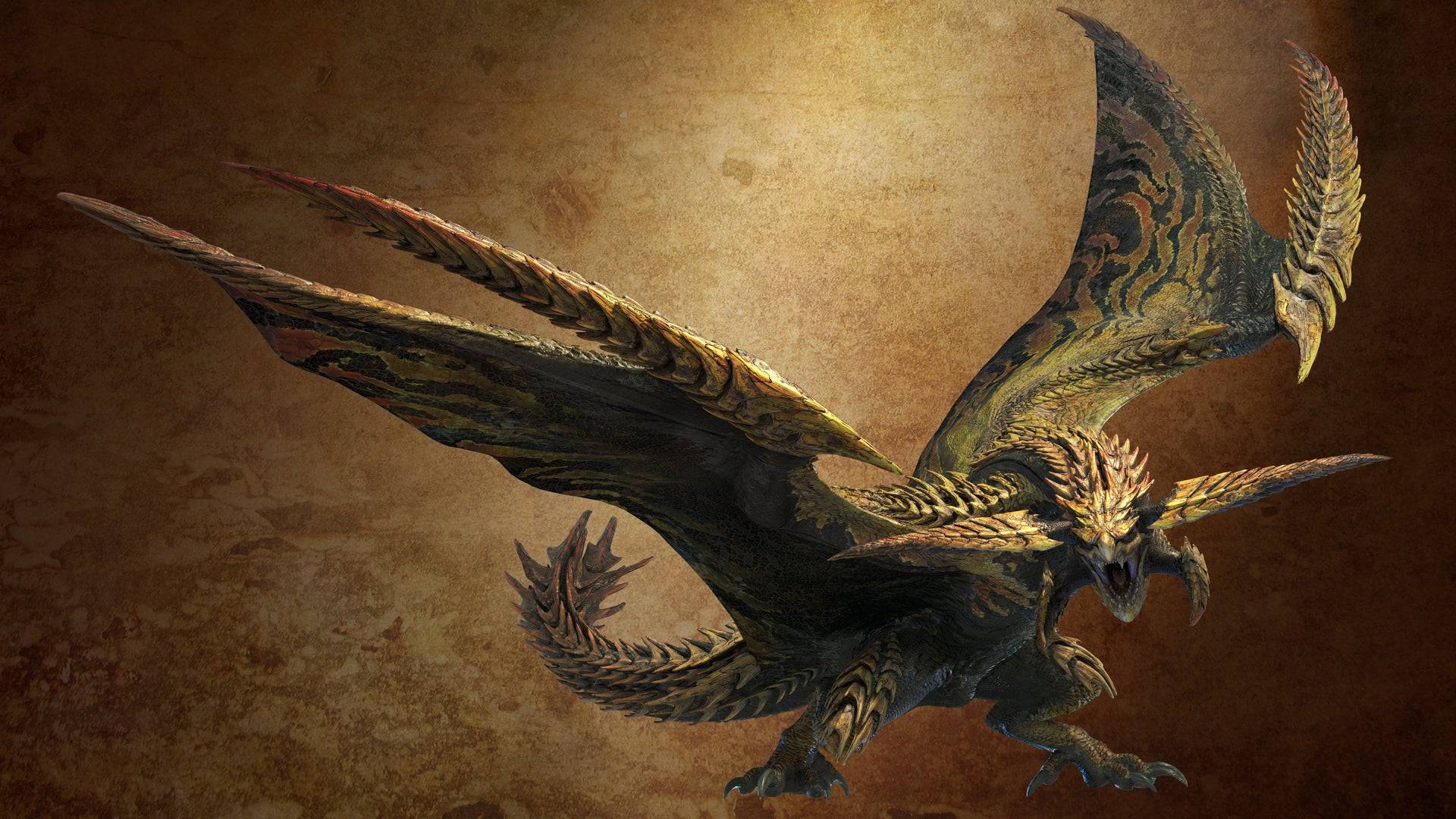
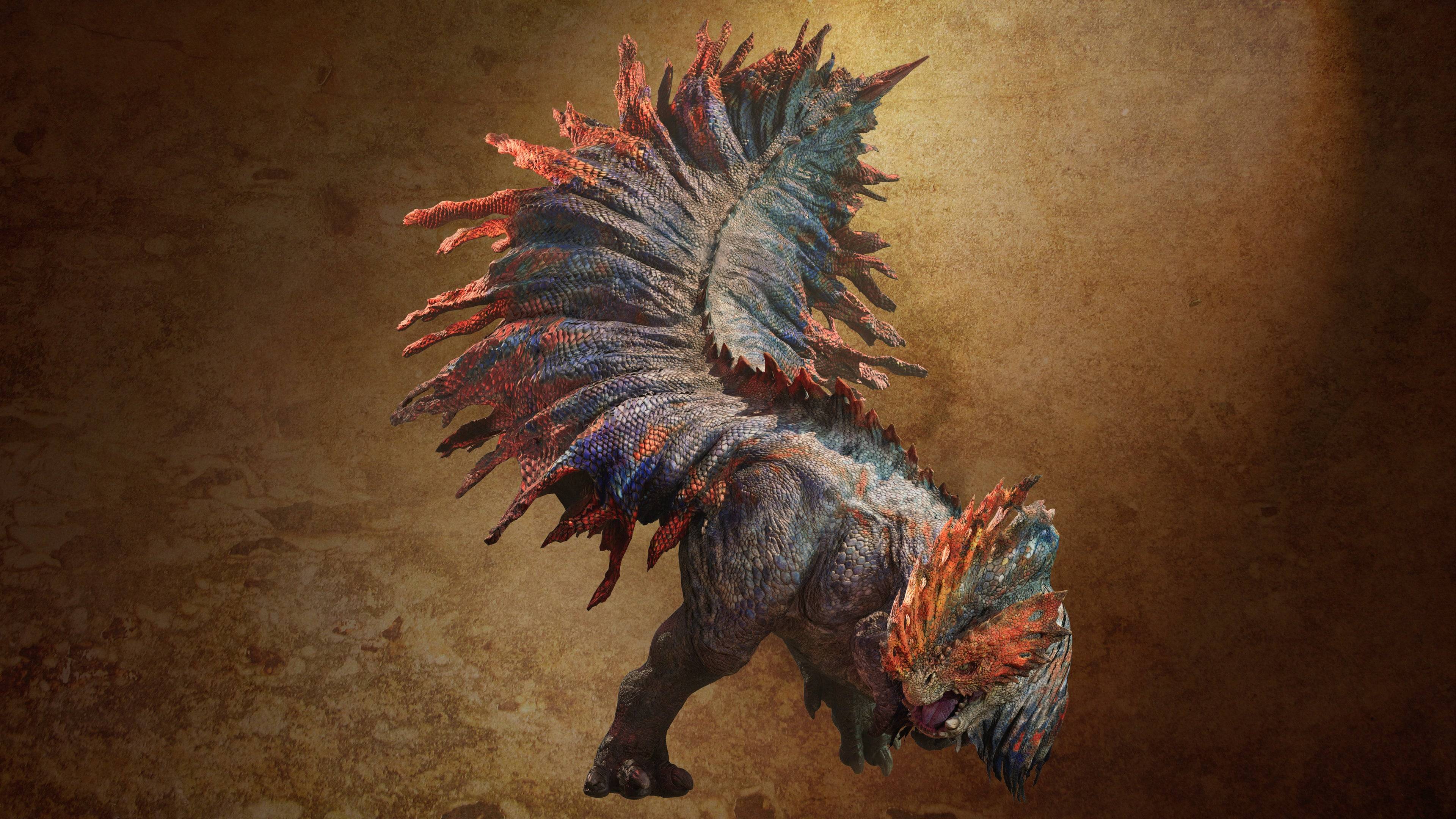
The Oilwell Basin in Monster Hunter Wilds offers a rich and challenging environment filled with unique monsters and intricate ecosystems. As hunters prepare to explore this fiery locale, they can look forward to engaging battles and the thrill of discovery that defines the Monster Hunter series.


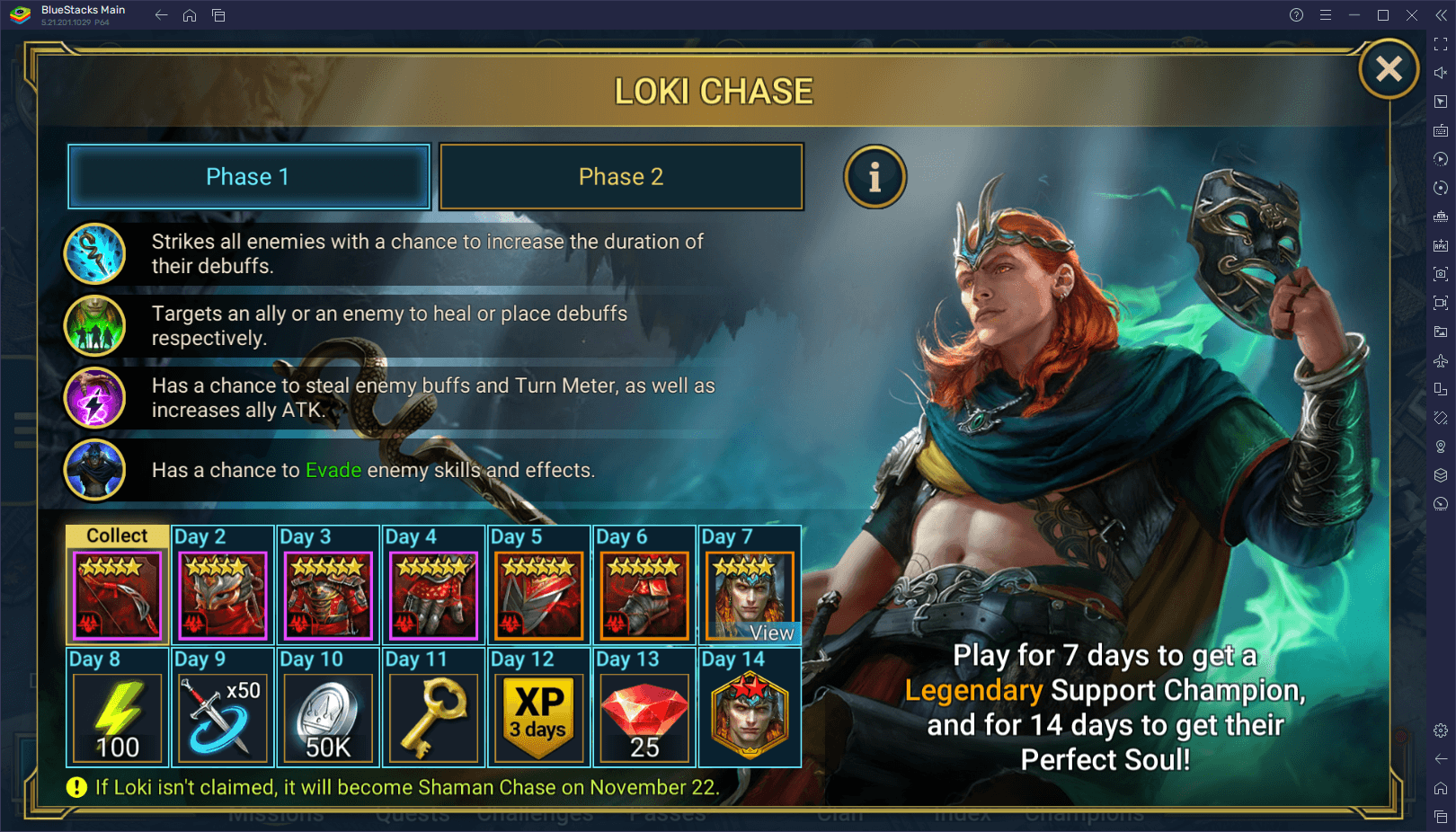
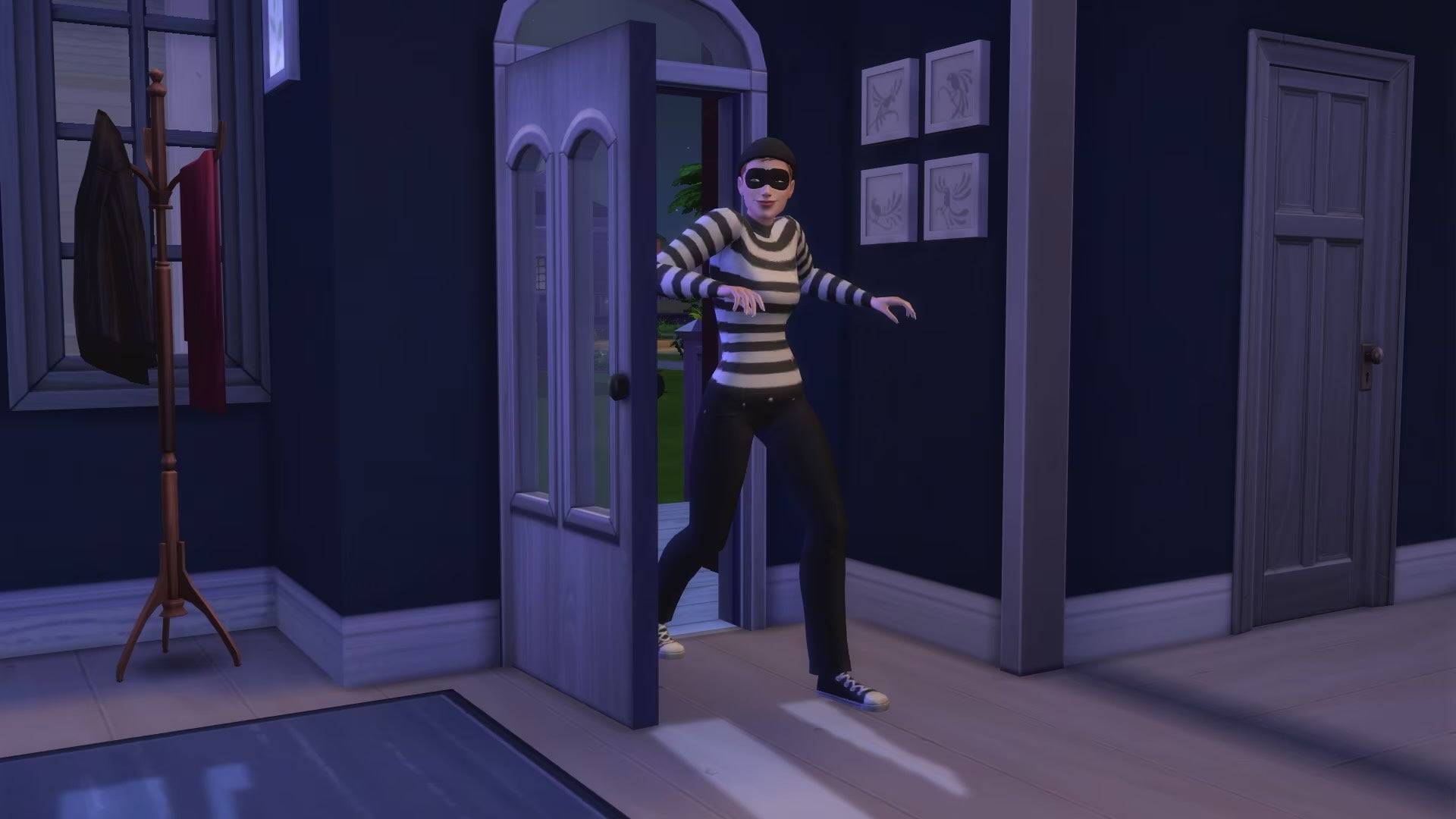
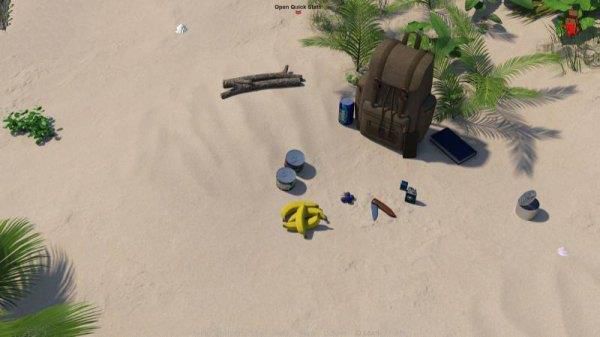

![NULL [Remastered]](https://imgs.39man.com/uploads/71/1719651062667fcaf6c483b.png)

